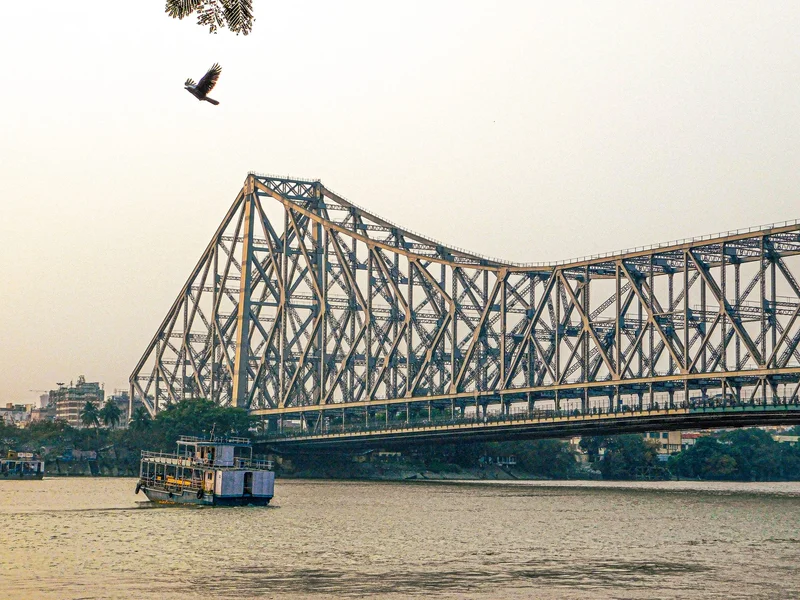Kolkata's Rising Tide: Can Innovation Keep the City Afloat?
Kolkata, a city steeped in history and culture, is facing a rising challenge: water. Not in the poetic, life-giving sense, but in the form of relentless waterlogging that threatens to submerge its vibrant streets. But here's the thing about challenges: they breed innovation. And Kolkata, it seems, is ready to innovate its way to higher ground, literally.
The Kolkata Municipal Corporation (KMC) is embarking on an ambitious plan to construct 21 lifting stations along the Hooghly and Adi Ganga rivers. KMC to set up 21 lifting stations for tide relief These aren't your grandfather's pumping stations; these are strategic interventions designed to alleviate waterlogging in vulnerable pockets of the city. Think of it as installing a series of sophisticated, high-tech dams, not to block the water, but to redirect it, to give the city's drainage system a fighting chance. Residents of areas like Sovabazar, Bagbazar, and Tollygunge, who have long battled the rising tides, could finally find some relief. It's a bold move, but a necessary one.
The KMC isn't stopping there. They're also breathing new life into the city's aging infrastructure. A Rs 207 crore (that's roughly $25 million USD) sewerage and drainage development plan is underway, targeting large swathes of north and central Kolkata. The centerpiece? A refurbishment of the 148-year-old underground sewer line from Moulali to Palmer Bridge drainage pumping station. Yes, you read that right: 148 years old! It’s the third oldest brick sewer in the world, and it’s getting a 21st-century upgrade. The project, costing Rs 175 crore, aims to spare over 10 lakh people across 30 KMC wards from monsoon flooding. It's like giving a historic landmark a bionic heart, ensuring it can keep pumping for generations to come.
But what happens when that bionic heart pumps too well? That’s where the upgrade to the Palmer Bridge drainage pumping station comes in. The KMC is setting up two major sumps and installing eight high-power pumps to handle the extra load of stormwater. They're also planning a new drainage pumping station at Hrishikesh Park to tackle waterlogging in areas like Amherst Street and Sukeas Street. It’s a comprehensive, multi-pronged approach that addresses the root causes of the problem.

A City Rising
Now, I know what some of you might be thinking: "Another infrastructure project? Will it actually work?" And that's a fair question. Cities all over the world struggle with aging infrastructure and the increasing challenges of climate change. But here's where I see the real potential: this isn't just about fixing pipes and installing pumps. This is about creating a more resilient, sustainable city. This is about using technology to adapt to a changing world. It’s about protecting Kolkata’s unique character and ensuring its future.
It reminds me of the Dutch water management system. For centuries, the Netherlands has been battling the sea, using innovative engineering to reclaim land and protect itself from flooding. They've turned water management into an art form, a science, and a way of life. Could Kolkata do the same? Could it become a model for other cities facing similar challenges? The possibilities are truly exciting. What if Kolkata could become a world leader in urban water management? What new technologies and strategies might emerge from this effort?
When I think about the potential, I honestly get chills. This isn't just about keeping the streets dry; it's about creating a better quality of life for millions of people. It's about preserving a city's history and culture. It's about building a more sustainable future. And it all starts with a bold plan and a willingness to innovate.
Of course, with such ambitious projects come responsibilities. It’s crucial that these upgrades are implemented with careful consideration for the environment and the needs of all communities. Transparency and accountability are key to ensuring that these investments truly benefit everyone.
